We invite Woolmark supply chain partners to self-declare their sustainability commitments, highlighting their role in shaping a nature positive wool industry. Through nine key themes, these commitments drive a collective effort to advance the wool industry and build resilient, regenerative systems. To feature in our Certified Supplier Search tool and help set the benchmark for a nature positive wool supply chain, licensees can select and submit their sustainability commitments via the portal.
Explore the Supply Chain Sustainability Commitments
Each supply chain sustainability commitment is self-declared by our supply chain partners. These commitments demonstrate dedication to transparency, quality and a nature positive industry every step of the way.
Explore the full list of metrics identified for each sustainability commitment theme.
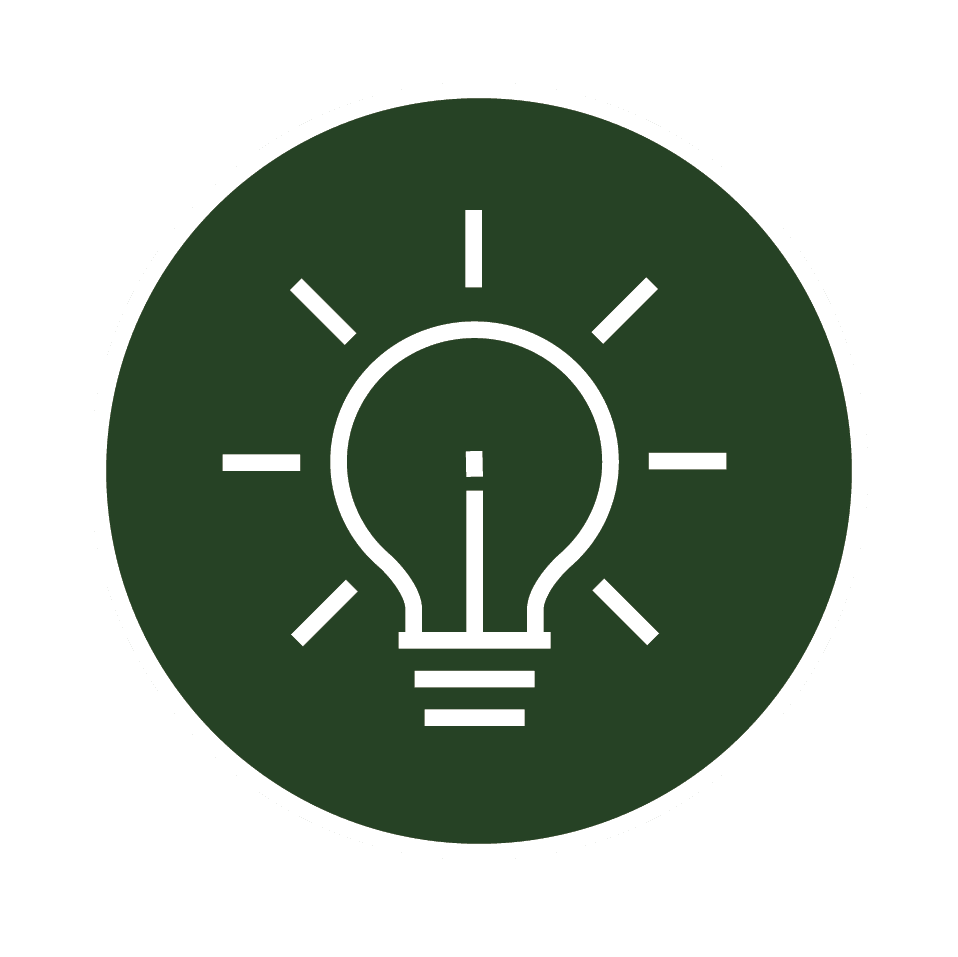
Energy Efficiency Commitments
Energy efficiency is a commitment to minimise environmental impact and improve productivity. This involves investing in energy-efficient machinery and renewable energy sources. Processes are designed to capture and reuse excess energy, while logistics are optimised to lower transportation emissions. Improvements in building insulation and energy-efficient materials also contribute to these efforts.
The criteria for this include:
- Upgrades to energy efficient textile machinery have been completed.
- Renewable energy sources such as solar panels, wind turbines, or geothermal systems are being used to power operations.
- Manufacturing processes have been optimized for energy efficiency.
- Waste heat recovery systems have been implemented.
- Streamlined logistics to reduce transportation emissions, including optimizing logistics and using fuel-efficient vehicles.
- Building insulation, the installation of energy efficient windows, and the use of roofing materials that reduce heat absorption has been implemented.
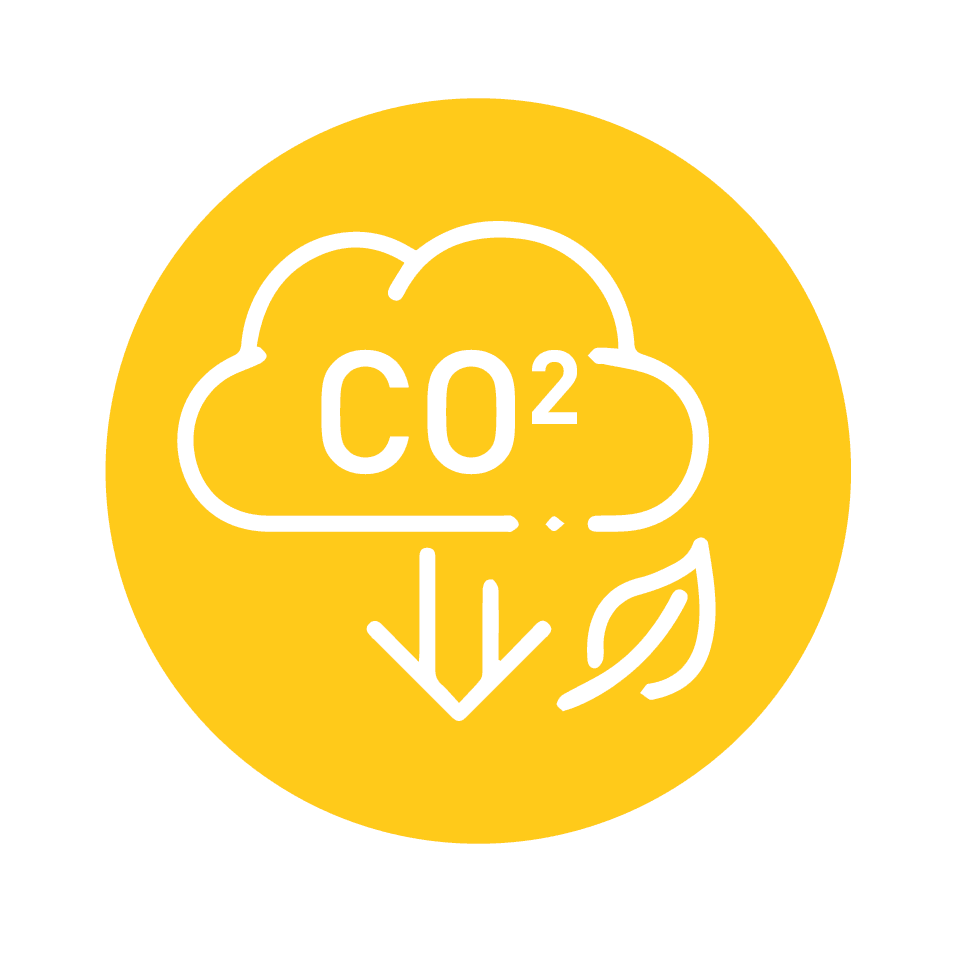
Carbon Footprint Minimisation Commitments
Carbon minimisation is a commitment to reduce overall emissions. A carbon footprint calculation of operations has been conducted to assess impact. Emissions are being inset through investments in carbon insetting projects on wool farms, while carbon offsetting projects such as reforestation and renewable energy initiatives are used to compensate for unavoidable emissions.
The criteria for this include:
- Carbon footprint calculation of own operations has been undertaken.
- Emissions are being inset through investments in carbon insetting projects on wool farms.
- Emissions are being offset through investments in carbon offsetting projects such as reforestation or renewable energy projects, to compensate for unavoidable emissions.
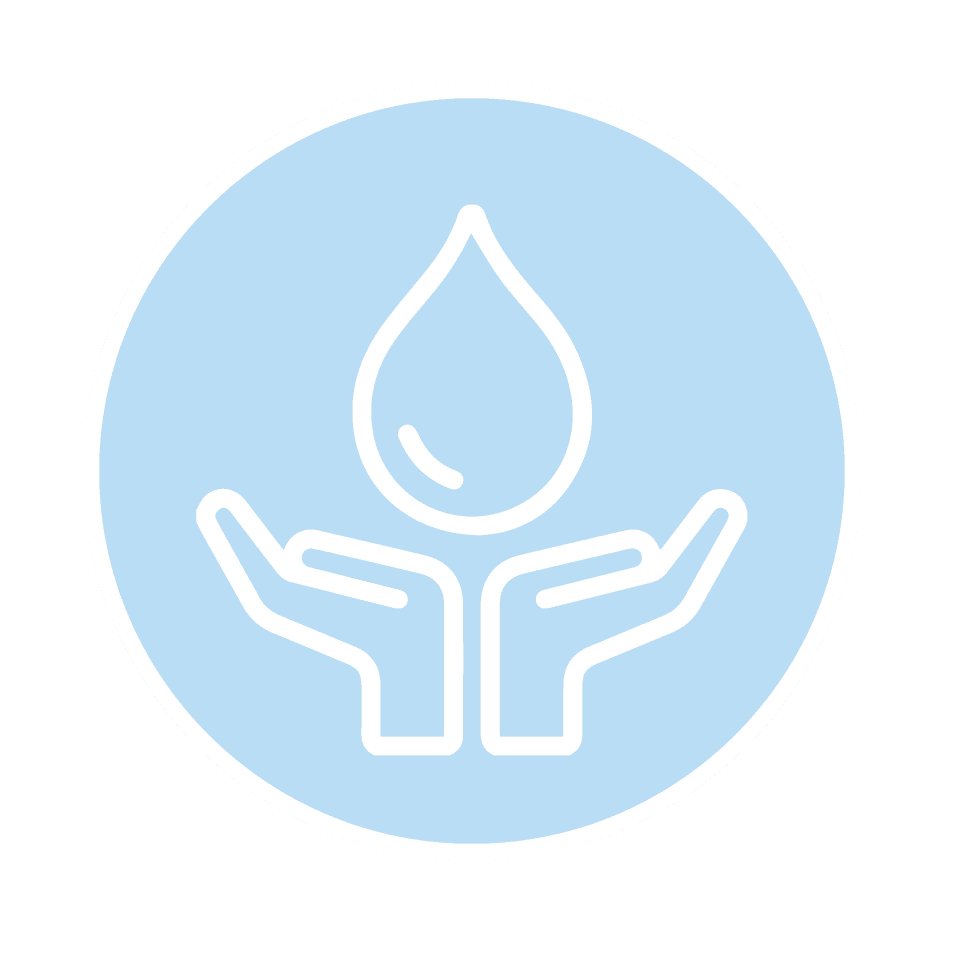
Water Conservation and Quality Commitments
Water consumption is minimised through various initiatives in manufacturing. Overall usage has been reduced, and water is recycled and reused in production processes. Rainwater harvesting and water-efficient machinery have been implemented. Biodegradable water treatment chemicals are used, and wastewater is treated before discharge. Additionally, artificial wetlands support wildlife habitats and help meet environmental regulations.
The criteria for this include:
- Water consumption within manufacturing has been reduced
- Water is being recycled and reused in production processes
- Rainwater harvesting system has been installed
- Water-efficient machinery is in use
- Biodegradable, low-toxicity, and regulatory-compliant water treatment chemicals are being used.
- Wastewater is treated before discharged
- Artificial wetlands for wastewater treatment are in use; these have been designed and are operated to meet stringent effluent quality standards, ensuring the treated water supports healthy wildlife habitats and adheres to environmental regulations.
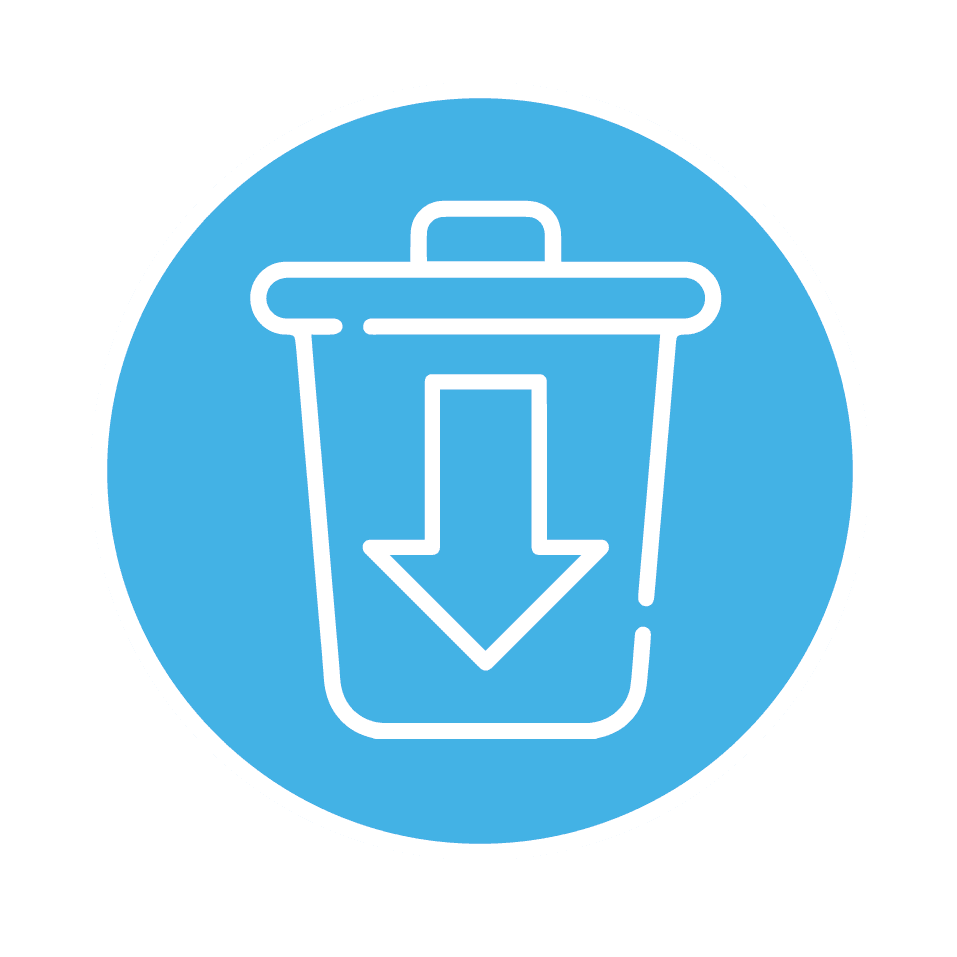
Waste Reduction and Management Commitments
Waste reduction and management are addressed by minimising production waste. Waste from the production process is actively monitored and reduced, with packaging options selected to lessen reliance on single-use plastics. Innovations in garment production, such as whole-garment knitting, are also employed to further decrease waste.
The criteria for this includes:
- Waste from the production process is being monitored and actively reduced.
- Use packaging options that reduce reliance on single-use plastics.
- Garment production innovations, such as whole-garment knitting, used to reduce production waste.
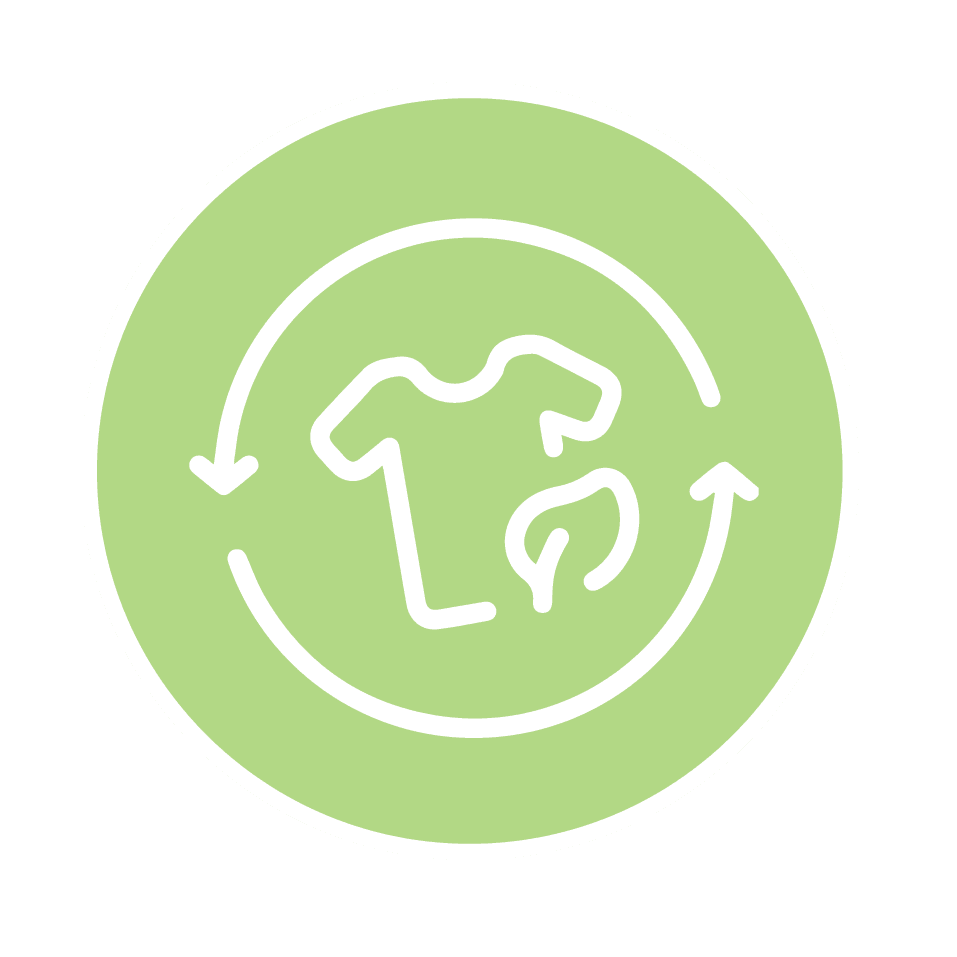
Recycled Materials Commitments
Recycled materials are incorporated into the production process to enhance resource efficiency. Recycled wool yarn and fabrics are produced, and waste materials from production are salvaged and transformed into new materials. Recycled packaging is also used to further reduce impact.
The criteria for this includes:
- Produce recycled wool yarn or fabrics.
- Salvage waste materials from production (pre-consumer waste) and recycle into new materials.
- Use recycled packaging.
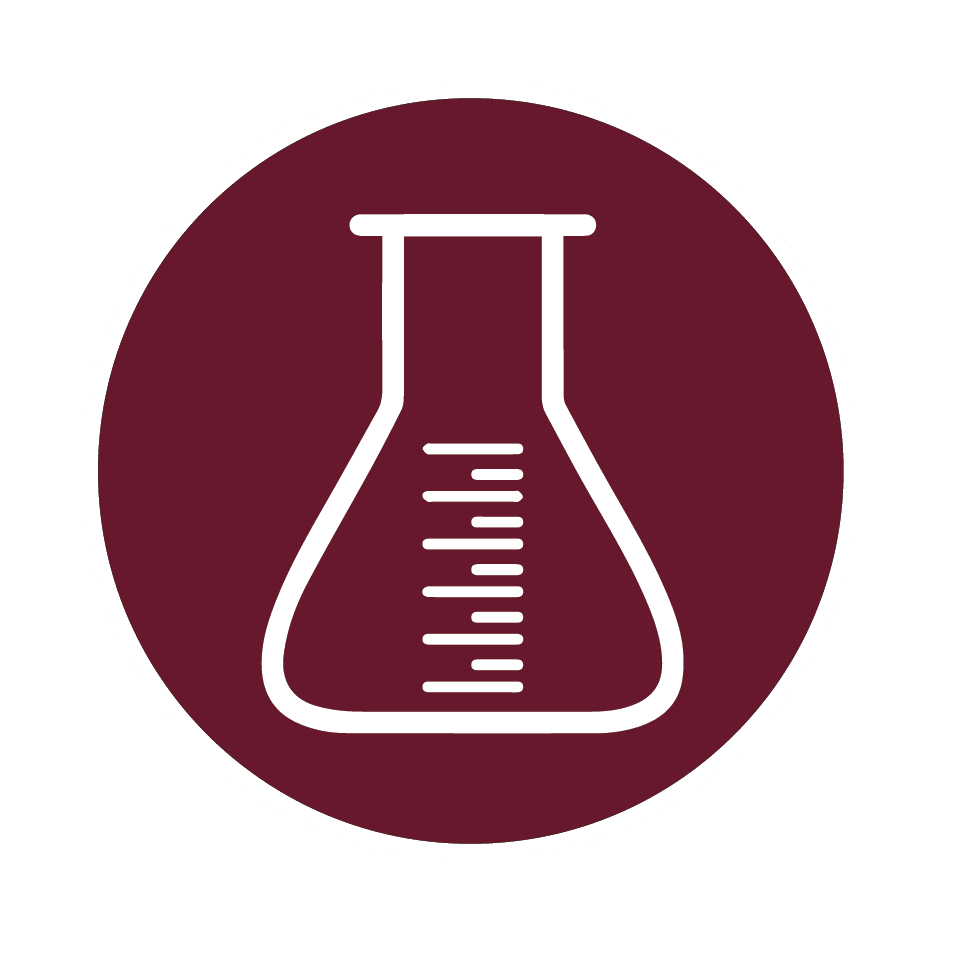
Chemical Management and Reduction Commitments
Chemical management and reduction involves using safer and environmentally friendly dyes and chemicals. Hazardous substances have been removed from processes, and a system for recycling chemicals is in place. Natural dyeing techniques are utilised, along with methods that minimise chemical use and approaches that eliminate the need for dyes altogether.
The criteria for this includes:
- Use of non-toxic, biodegradable, and environmentally certified dyes and chemicals.
- Hazardous chemicals (per EU REACH Regulation) have been eliminated from production.
- Closed-loop recycling of chemicals has been installed.
- Use natural dyeing techniques that use plant-based or other natural dyes.
- Implemented innovations to reduce or avoid the use of chemicals in felt- or water-resist treatments.
- Digital printing available to remove the need for dyes.
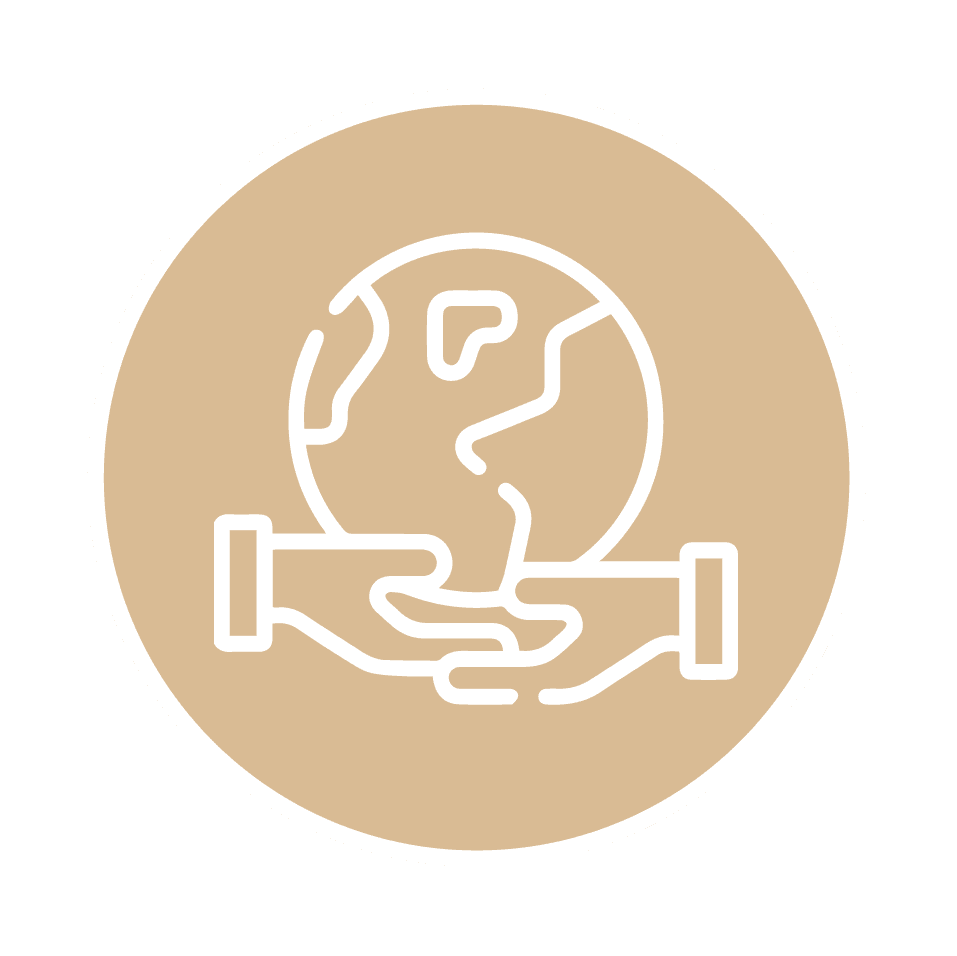
Social Impact Commitments
Social impact focuses on enhancing worker well-being and supporting local communities. Fair wages and essential benefits are provided, alongside initiatives that promote equality and rights. Community support and employee volunteering are encouraged, while educational opportunities are available to foster positive contributions to society.
The criteria for this includes:
- Workers are paid a living wage that meets or exceeds the local standard.
- Provide workers benefits, such as health insurance and pensions.
- Company policies in place to ensure equality and non-discrimination in hiring, promoting, and treatment of workers regardless of gender, race, religion, or any other status.
- Workers have the right to form or join trade unions and engage in collective bargaining.
- Effective grievance mechanisms that allow workers to report concerns or violations without fear of retaliation have been implemented.
- Local community projects are being supported through investment and engagement.
- Employee volunteering in community projects and initiatives is being encouraged by offering paid leave for such activities.
- Scholarships, internships, or training programs for students and young professionals are being provided.

Traceability and Transparency Commitments
Traceability and transparency strengthen supply chain practices. Digital tools help track products throughout their journey, while secure record-keeping enhances accountability. Independent verification ensures compliance, and accessible reporting fosters trust in operations.
The criteria for this includes:
- Advanced digital solutions to track products are being used.
- Blockchain, or other chain of custody technology to create an immutable record of the entire supply chain journey, is being utilised.
- Independent third parties to verify company and/or supply chain practices and report compliance are being engaged.
- Detailed reports on company and/or supply chain performance, practices and policies are publicly available.
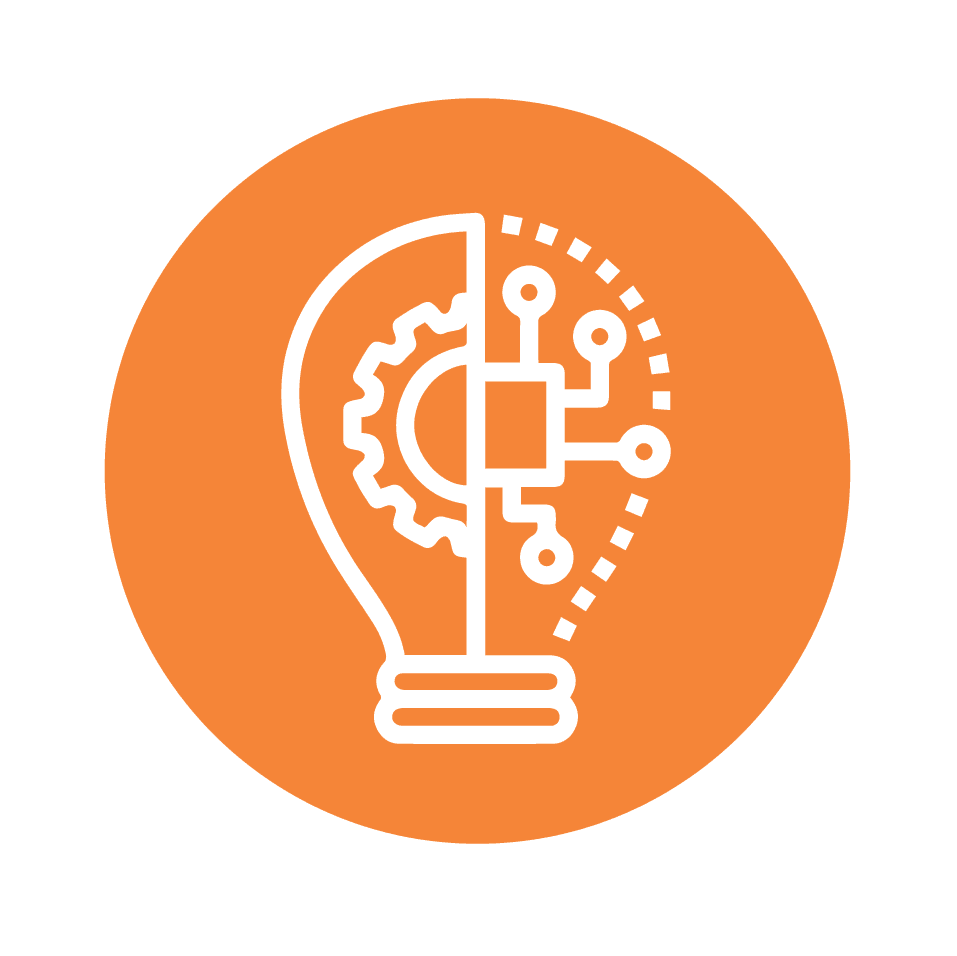
Investment in R&D and Innovation Commitments
Supply chain partners invest in research and development by allocating resources to create lower impact technologies and innovative solutions. This commitment drives progress and fosters advancements that benefit the industry and the environment.
The criteria for this includes:
- Ongoing resources allocated to research and develop lower impact technologies and innovative solutions.
